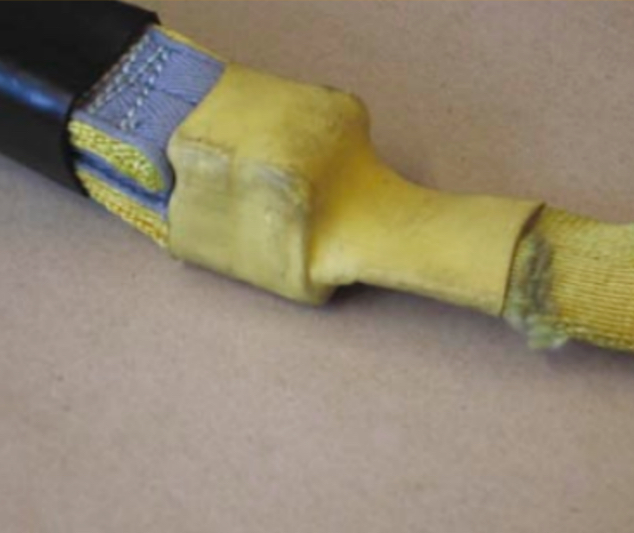Harness Inspection
Inspecting fall arrest equipment made from webbing or rope is a requirement under the Personal Protective Equipment at Work regulations 1992. In addition, the Work at Height Regulations (WAHR) 2005 require that equipment that is exposed to conditions causing deterioration which is liable to result in dangerous situation should be inspected at suitable intervals and each time exceptional circumstances which jeopardise safety have occurred – for example a user has loaded a lanyard causing the fall arresting shock absorber to deploy.
Guidance from manufacturers of webbing or rope-based fall arrest equipment recommend detailed inspections of equipment at least every 6 months. We can help you put together an inspection program that will provide certification of equipment and peace of mind.

Contact The Experts We are happy to help you with your specific requirements, please contact the office on 01234 819 574.
Relevant Documentation
Personal protective equipment at work. Personal Protective Equipment at Work Regulations 1992 (as amended). Guidance on Regulations L25 (Second edition) HSE Books 2005 ISBN 978 0 7176 6139 8 www.hse.gov.uk/pubns/books/l25.htm.
The Work at Height Regulations 2005: A brief guide Leaflet INDG401(rev1) HSE Books 2007 www.hse.gov.uk/pubns/indg401.htm.
Issues surrounding the failure of an energy absorbing lanyard SIR59 HSE Books 2001 ISBN 978 0 7176 2256 6.
Guidance on inspecting personal fall protection equipment Technical Guidance Note 3 The Work at Height Safety Association 2006 www.wahsa.org.uk.
BS EN 365:2004 Personal protective equipment against falls from a height. General requirements for instructions for use, maintenance, periodic examination, repair, marking and packaging British Standards Institution.
BS 8437:2005 Code of practice for selection, use and maintenance of personal fall protection systems and equipment for use in the workplace British Standards Institution.
